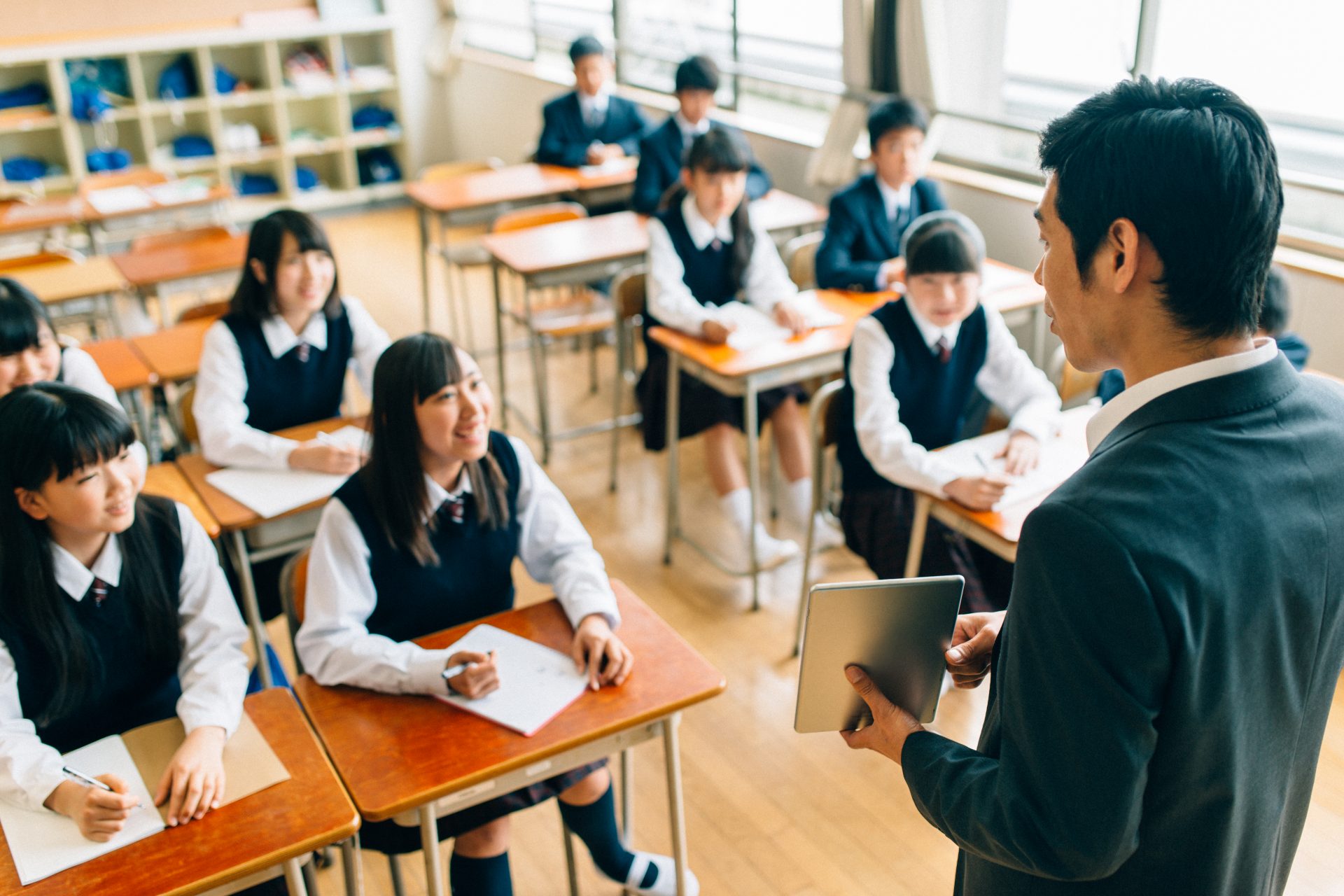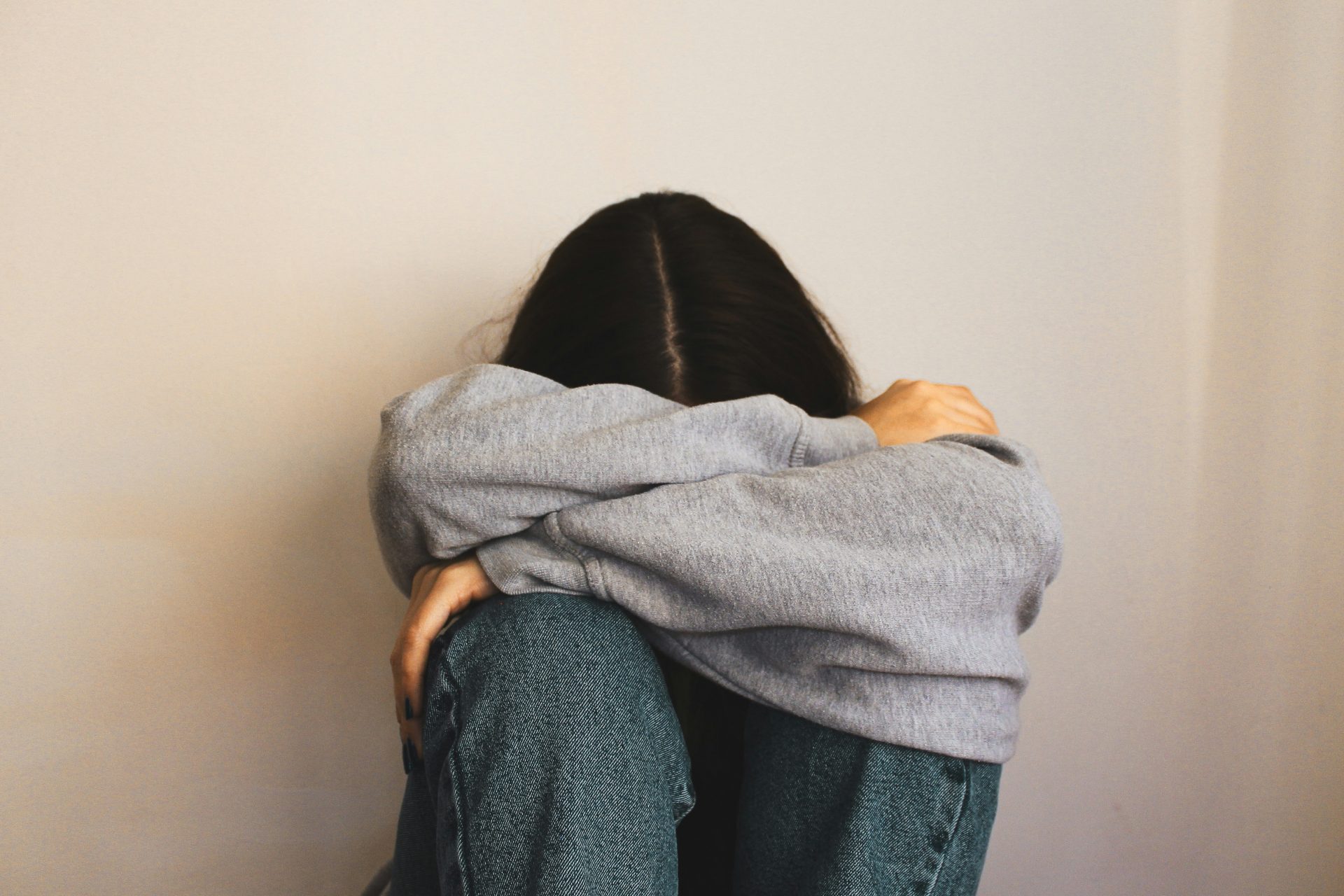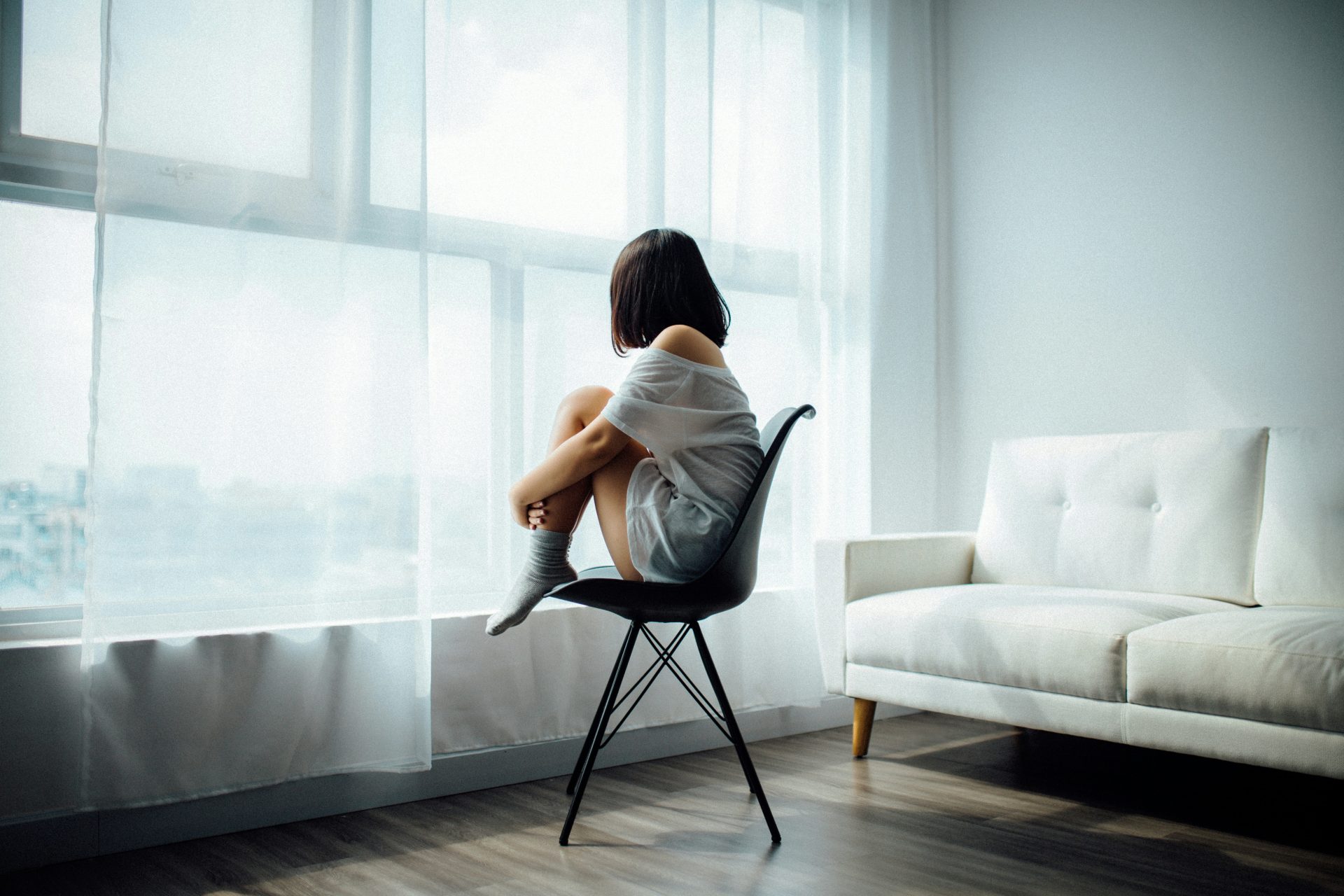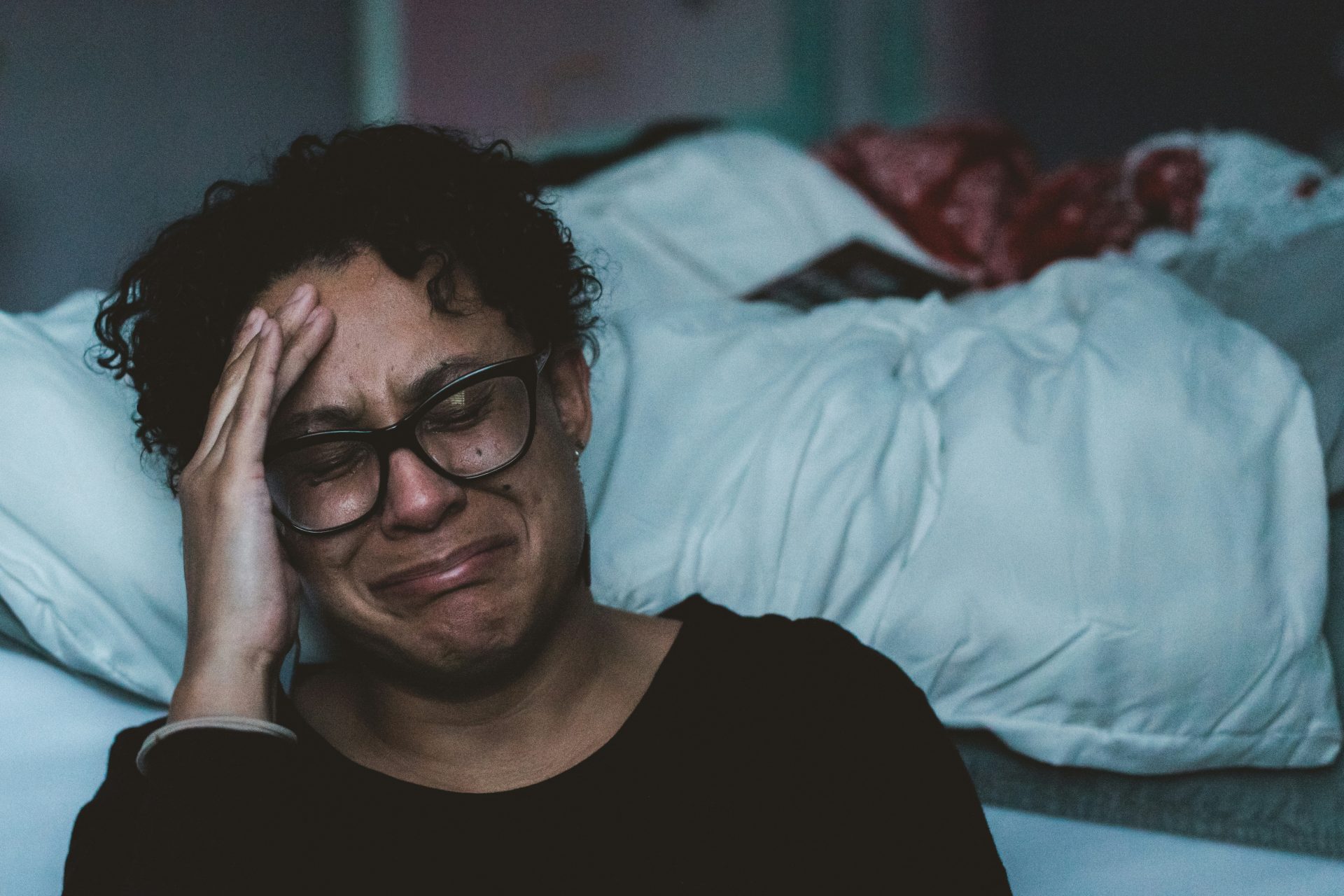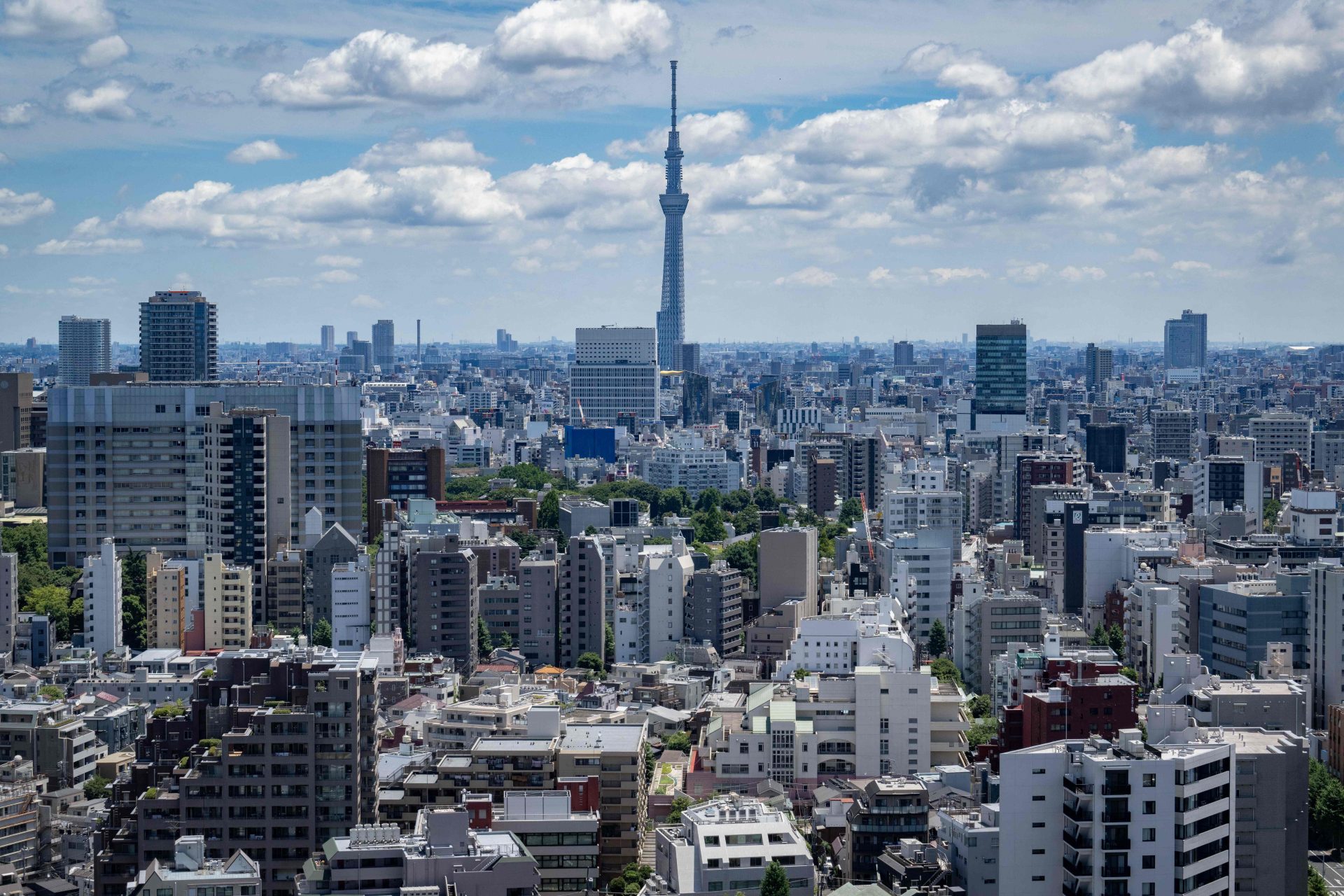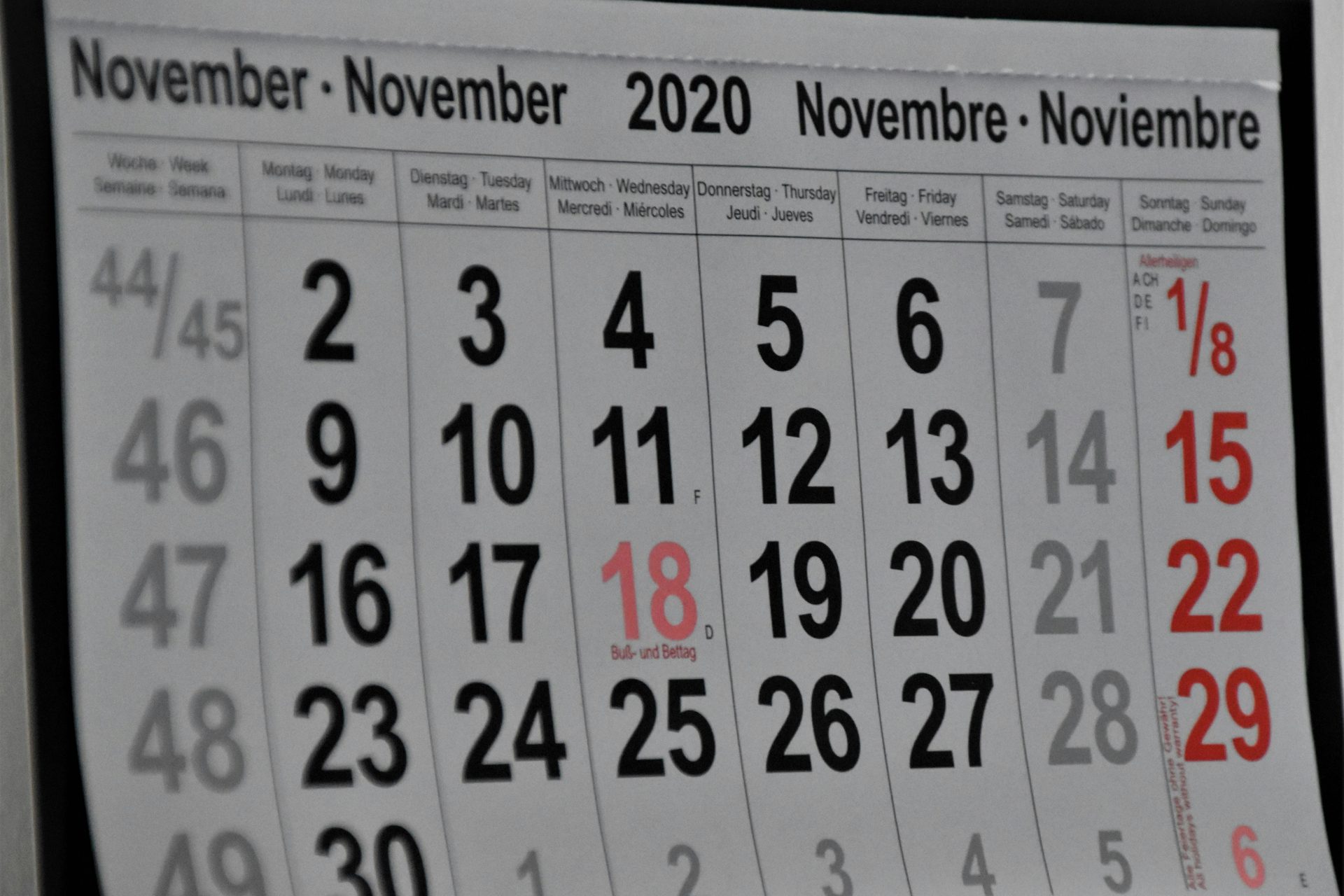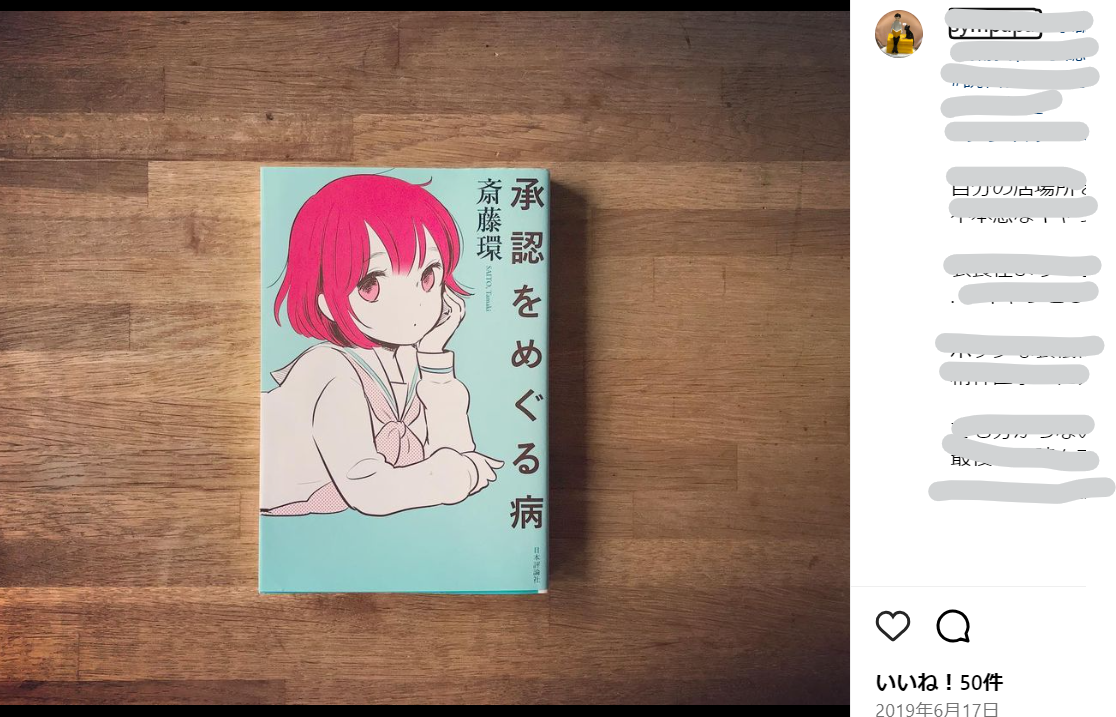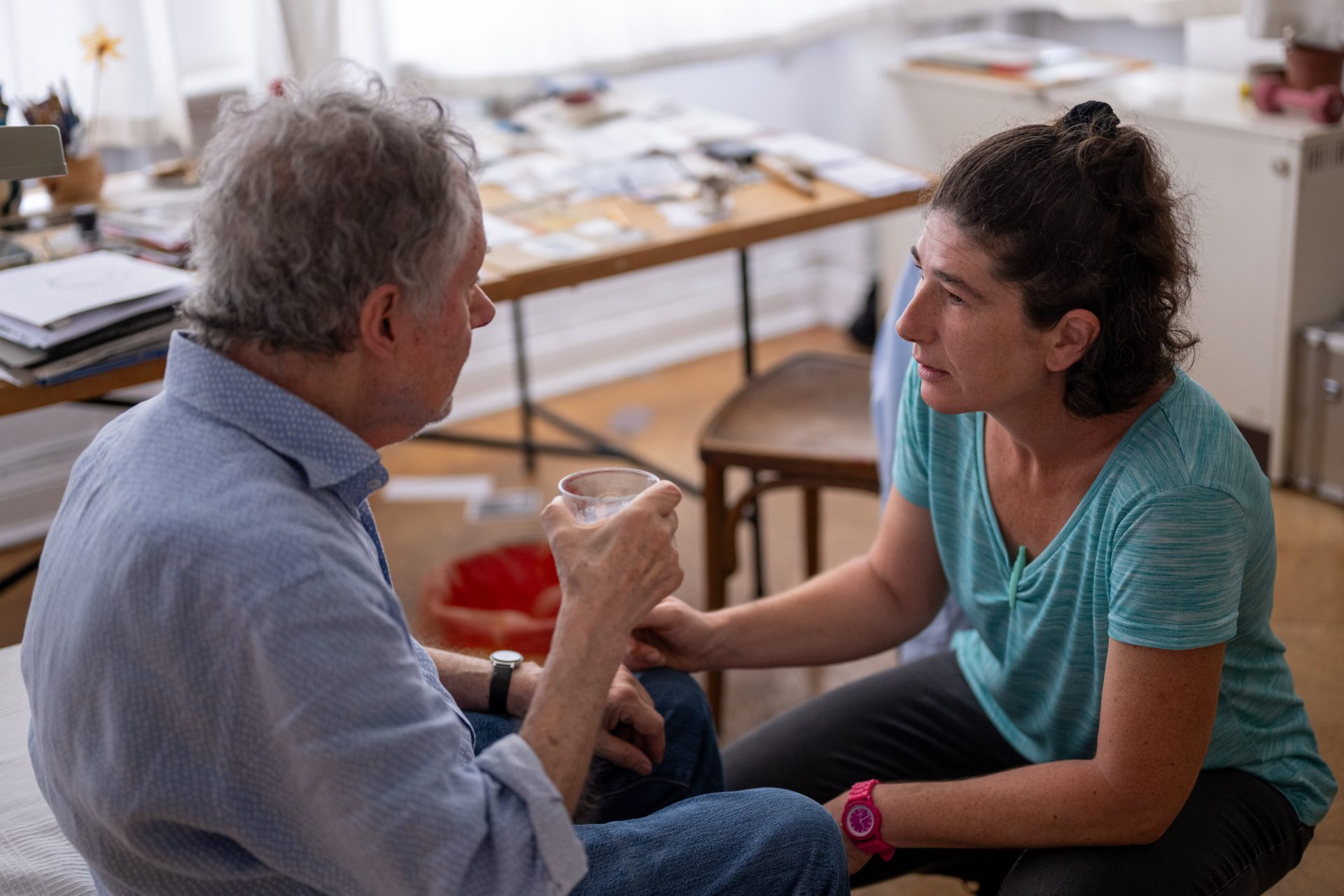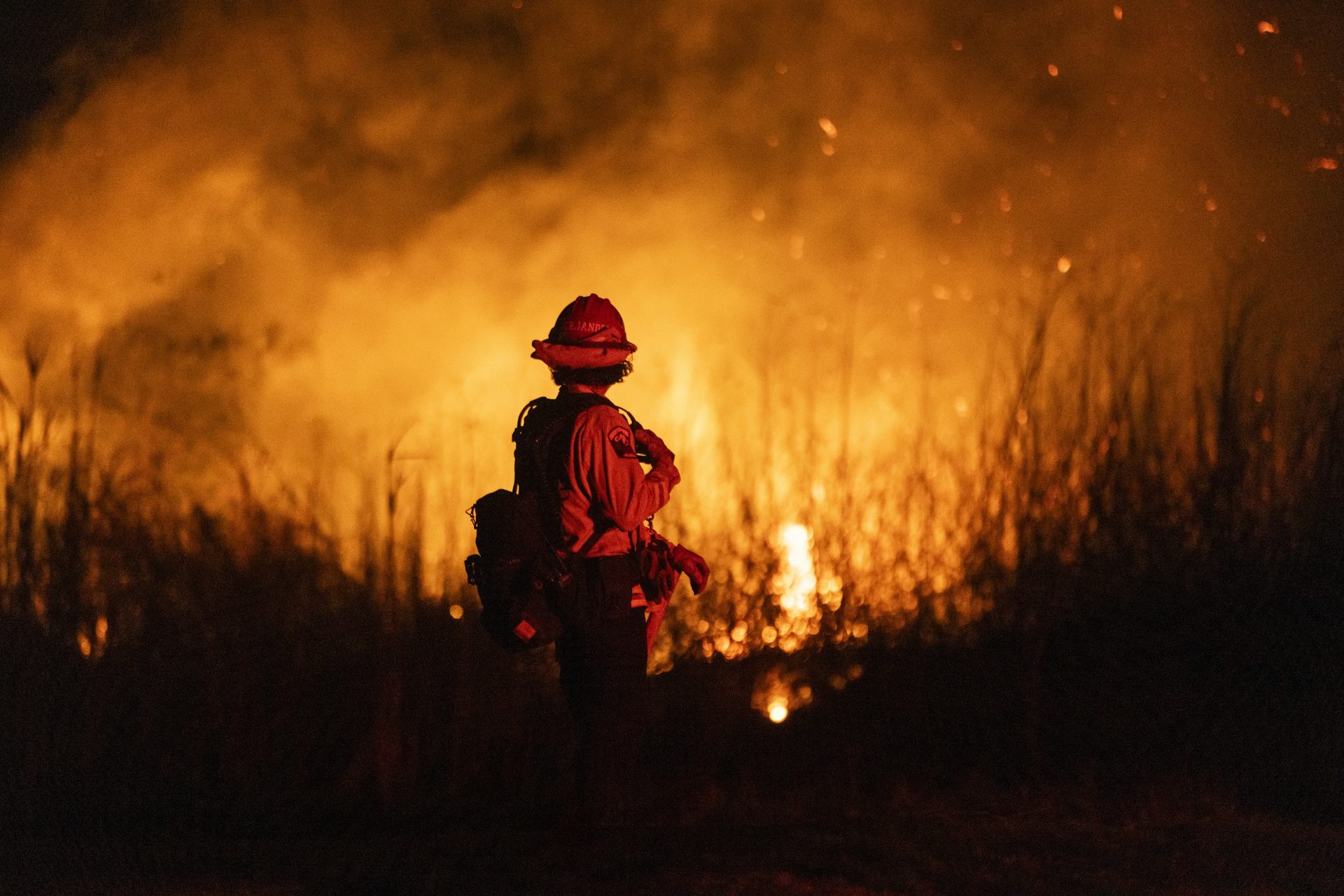Hikikomori: The concerning condition affecting over one million people in Japan
Over one million people in Japan are considered hikikomori, meaning that one out of 50 Japanese individuals cannot work, go to school, or have contact with anyone other than their family. Let's find out why.
The Japanese Ministry of Health, Labor, and Welfare defines “Hikikomori” as: “A state in which a person avoids social participation as a consequence of various factors and generally remains at home for more than six months”.
Image: Unsplash/Carolina
Unlike what is usually thought, being a hikikomori doesn't actually mean full withdrawal from society. Some hikikomori do go out but still refrain from having contact with others, except for those closest to them.
Image: Unsplash/Anthony Tran
On the other hand, if the situation is serious, they may not come out of their room at all. These Hikikomori avoid seeing their family, eat alone in their room, and only communicate through notes or text messages.
Image: Unsplash / Yuris Alhumaydy
According to the Hyogo Prefectural Mental Health and Welfare Center, behaviors and conditions associated with being a hikikomori include: switching day and night cycles, depression, violence (including aggression, verbal and physical actions), childish behavior, social anxiety, and threatening behavior.
In the 1990s, it was considered a problematic behavior among young people, but recently it has become clear that the number of adults who are hikikomori is also increasing.
Image: Unsplash/Claudia Wolff
According to a survey conducted by the Japanese Cabinet Office in 2022, the proportion of youth, mature, and elderly people who are hikikomori is almost the same, around 2%.
Motives cited for becoming a hikikomori include professional or academic anxiety, unsuccessful relationships, and more recently, the COVID-19 pandemic.
The word “hikikomori” was first used in the Japanese Cabinet Office's 'White Paper on Youth' published in 1990. It became popularized by the book 'Social Hikikomori', written by psychiatrist Tamaki Saito in 1998.
In 2022, the American Psychiatric Association introduced it in its diagnostic criteria as "Hikikomori" (generally translated in English as “social withdrawal”), and there have been an increasing number of reported cases in Asia and Europe.
How long will this state last? According to a report published by the Cabinet Office in 2023, over 50% of people who become hikikomori recover within three years. About 25% take three to seven years, and 22% take more than seven years.
Image: Unsplash/Waldemar
Once a person becomes a hikikomori, they lose all contact with society. Psychiatrist Saito Tamaki told NHK, “The bad thing about this state is that it is extremely stable. Once you become like this, it's difficult to return to how you originally were”.
Image: Unsplash/Anthony Tran
According to one example presented by NHK, “despite wanting to go out, he was unable to do so, and ended up becoming a shut-in, except for the occasional trip to the convenience store in the middle of the night”.
After six years of social withdrawal, the man visited a local specialist clinic, where he was encouraged to attend social gatherings with people who had the same problem and was able to gradually recover and integrate into society.
Image: Unsplash/Martha Dominguez de Gouveia
Based on this man's experience, Tamaki Saito believes that “acceptance from others, especially from people of the same generation who are not family members,” can help a person gain self-confidence and help them recover.
Image: Tamaki Saito / Instagram
In addition to the long-term nature of hikikomori, there is also the issue of aging. This is known in Japan as the 8050 problem, this happens when a parent who is over 80 has a child over 50 who has become a hikikomori. But how can people recover from such a state?
The Hyogo Prefectural Mental Health and Welfare Center explains: “After withdrawing into isolation for a while, the person must recuperate their lost mental energy. The person needs to get plenty of rest in a safe environment. Home is the only place the person can belong, so first let them get plenty of rest”.
“As their mental energy improves, they gradually show interest and curiosity in things… Even when they start participating in everyday life, they may feel tired and want to rest for a while,” they explain.
That's not all: “At times, it is important to rest and not push yourself. By going back and forth like this, the hikikomori will gradually gain confidence to participate in society and slowly recover”.
To recover from social withdrawal, it's important that the hikikomori feel at ease with their environment, ensuring a supportive, and emotionally stable family that can also respect boundaries.
Being patient and walking alongside the hikikomori may seem like a detour, but it is actually the shortest route to full recovery.
More for you
Top Stories



